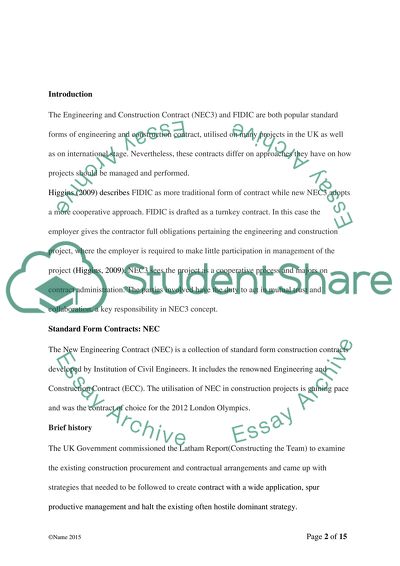Cite this document
(An Analysis of Two Engineering Forms of Contract Coursework Example | Topics and Well Written Essays - 3000 words - 1, n.d.)
An Analysis of Two Engineering Forms of Contract Coursework Example | Topics and Well Written Essays - 3000 words - 1. https://studentshare.org/engineering-and-construction/1874654-an-analysis-of-two-engineering-forms-of-contract
An Analysis of Two Engineering Forms of Contract Coursework Example | Topics and Well Written Essays - 3000 words - 1. https://studentshare.org/engineering-and-construction/1874654-an-analysis-of-two-engineering-forms-of-contract
(An Analysis of Two Engineering Forms of Contract Coursework Example | Topics and Well Written Essays - 3000 Words - 1)
An Analysis of Two Engineering Forms of Contract Coursework Example | Topics and Well Written Essays - 3000 Words - 1. https://studentshare.org/engineering-and-construction/1874654-an-analysis-of-two-engineering-forms-of-contract.
An Analysis of Two Engineering Forms of Contract Coursework Example | Topics and Well Written Essays - 3000 Words - 1. https://studentshare.org/engineering-and-construction/1874654-an-analysis-of-two-engineering-forms-of-contract.
“An Analysis of Two Engineering Forms of Contract Coursework Example | Topics and Well Written Essays - 3000 Words - 1”. https://studentshare.org/engineering-and-construction/1874654-an-analysis-of-two-engineering-forms-of-contract.


